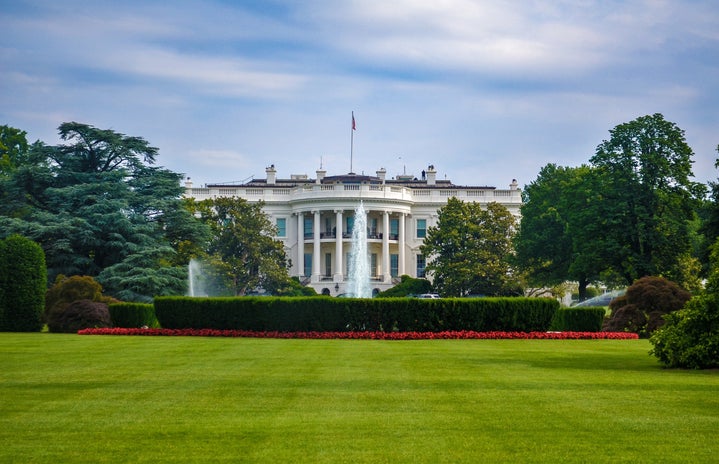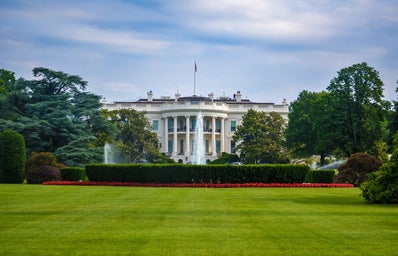Coinciding with a controversial Tuesday morning for President Trump’s administration, a USA Today investigation discovered that the White House changed Trump’s divisive executive orders before posting them online. This means that the executive orders that the American people initially see may be different from the official versions.
Many of these inaccuracies are small grammatical changes, slight differences in wording and restructuring of certain paragraphs. However, even tiny amendments such as these raise questions about how thoroughly the White House reviews its executive orders before signing them into law.
Beyond the many, smaller instances of changed typos, USA Today also found two cases where the website version of the orders referred to “inaccurate or non-existent provisions” of the Federal Register executive orders.
One of these cases appeared in the extremely divisive travel ban executive order. The official order required an in-person interview for everyone seeking a non-immigrant visa. However, the White House version required both a physical and mental examination. It’s no wonder why there was so much confusion following Trump’s immigration ban, with federal officials scrambling to figure out how to implement it lawfully. Properly checking an order—before it is signed into law—should be a no-brainer for the administration.
Inside the confusion of the Trump executive order and travel banhttps://t.co/kzPAwz6paX pic.twitter.com/X83rSUYAOF
— W. Aaron Rice (@WAaronRice) February 5, 2017
The other case of a clear inaccuracy was in an executive order on ethical standards for administration appointees. The version posted on the White House website refers to “Section 207 of title 28,” which does not exist. As ProPublica reported, the official version of the order cites the correct section and title. The White House did not respond to USA Today’s review of the documents.
So far, Donald Trump has signed into place 12 executive orders. As soon as he sits to sign the documents, they become legally binding documents. The official version is then sent to the Federal Register, which documents the order as the official, legal language.
However, it usually takes several days before the Federal Register version is released to the public. Before then, the public (and many law enforcement agencies) may rely upon the version that the White House posts online. By containing inaccurate language, the executive orders could be misleading the American public, or confuse the agencies attempting to carry them out. Even worse, the fact that the orders may have been corrected after they are signed is troubling. This would signify that the administration does not properly vet, edit and correct orders that are signed into law.
“These last-minute edits suggest the Trump White House needs to revisit their vetting, sign-off, and publication processes for executive orders,” John Wonderlich, executive director of the Sunlight Foundation, told USA Today. Although it isn’t clear whether these were outdated or updated versions of current executive orders, it’s a problem that the White House is putting out different versions.

